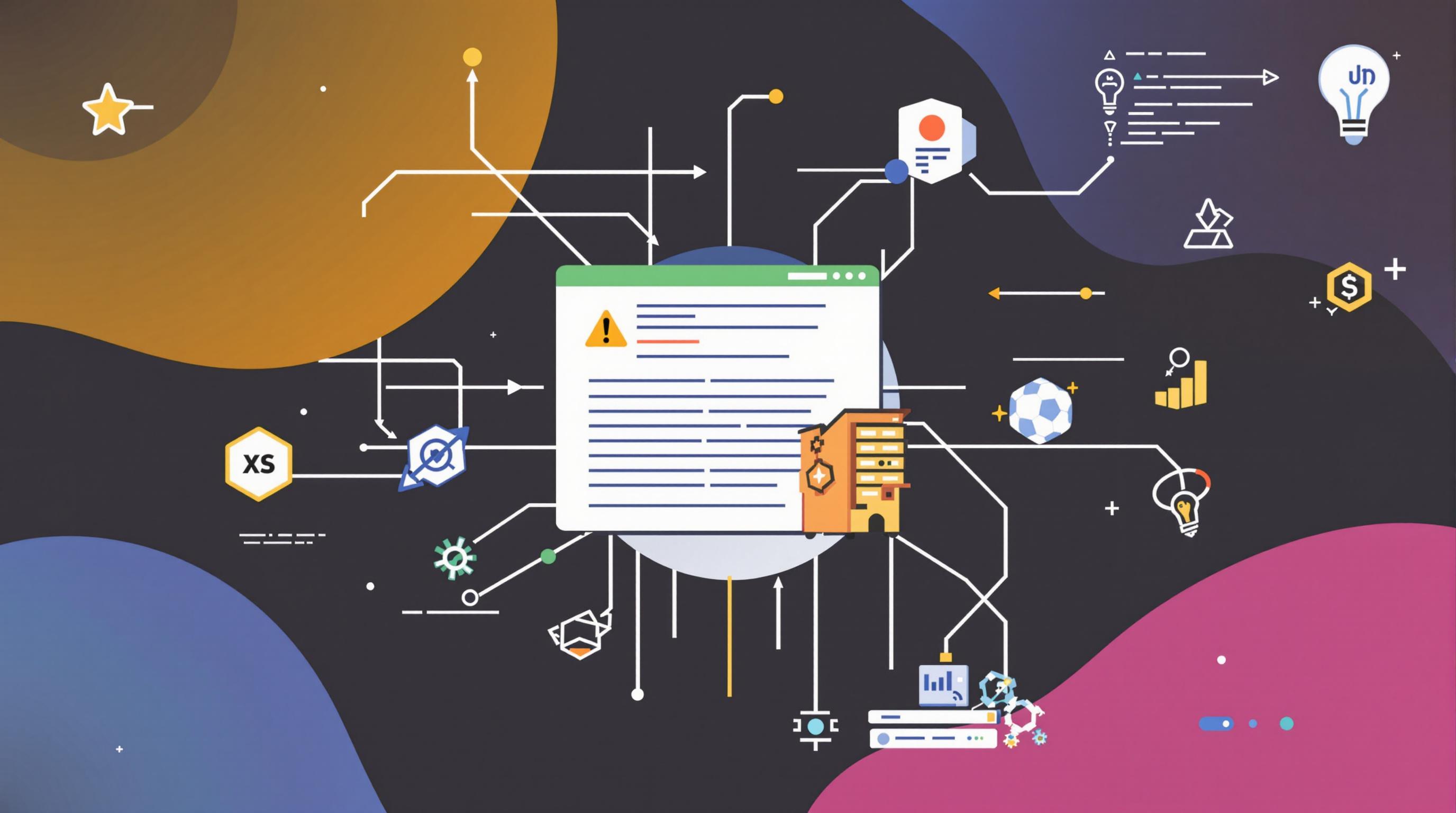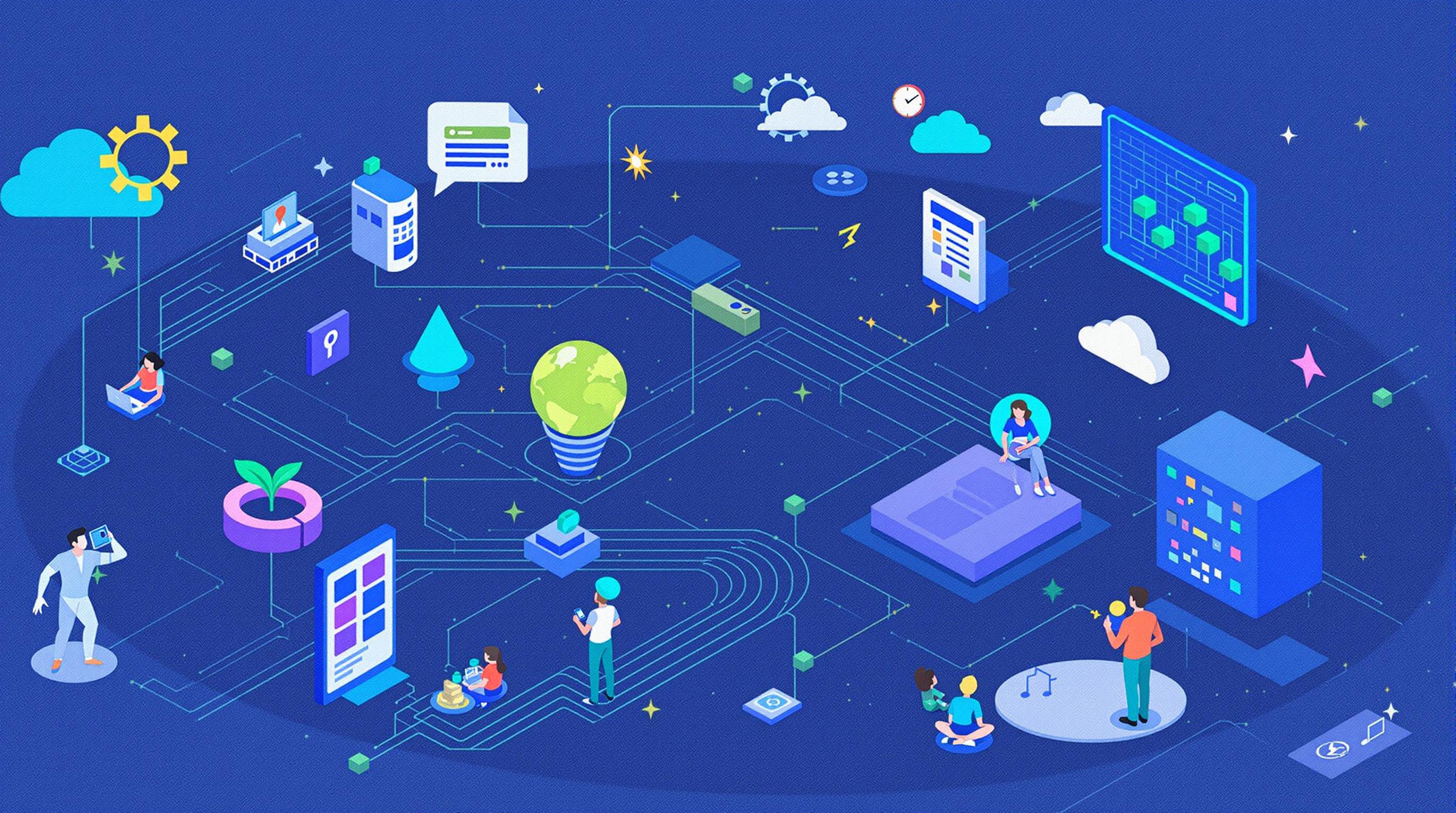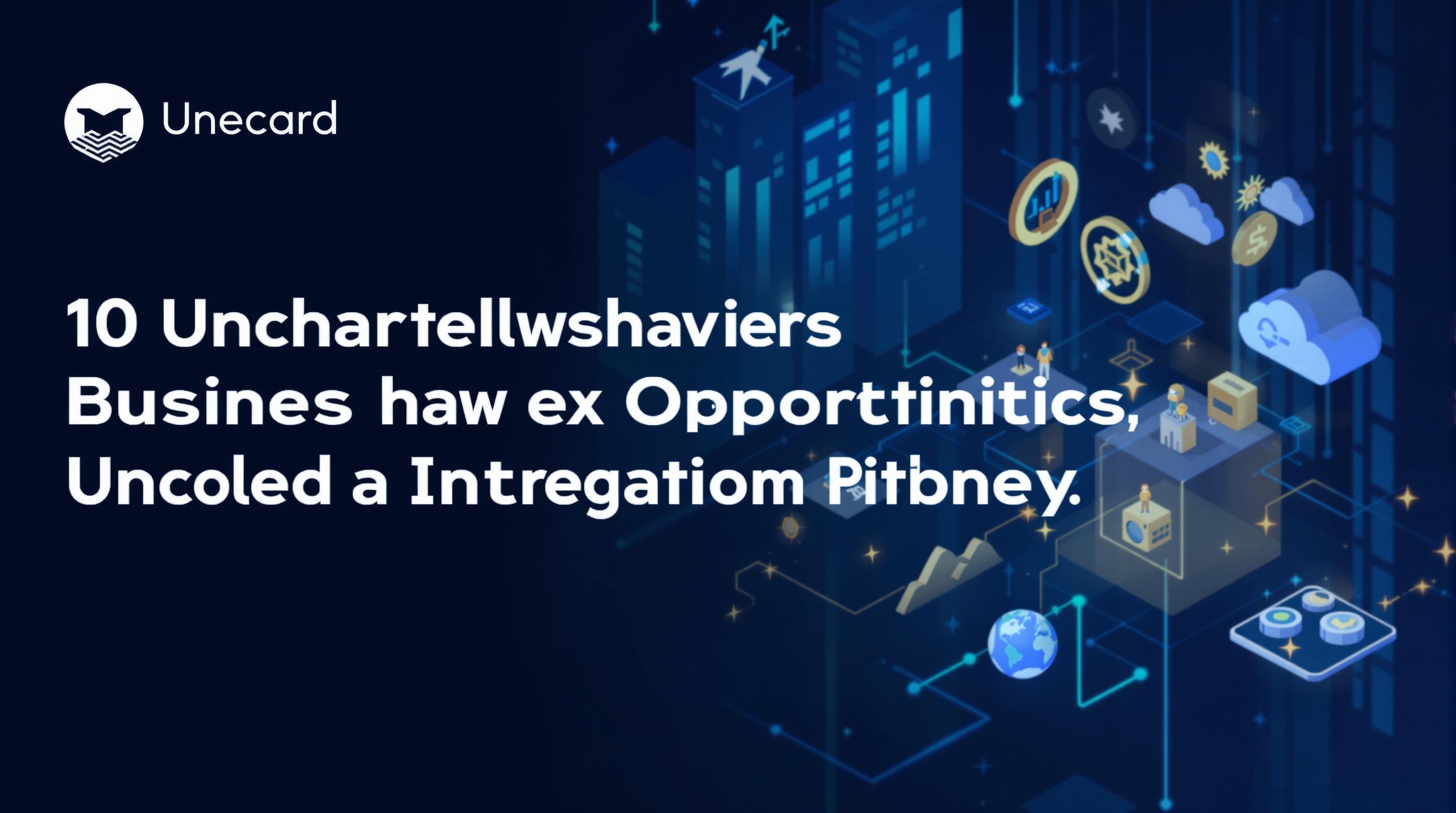Related Articles
- Unconventional Wisdom: Exploring Surprising Influencers Shaping Consumer Trends in 2023's Niche Ecosystems
- Beneath the Surface: Discovering the Unlikely Impact of Micro-Communities on 2023's Consumer Landscape
- Unexpected Catalysts: Exploring the Surprising Forces Influencing Subculture Trends in 2023
- Unmasking Influences: The Unlikely Narratives Behind Today's Obscure Market Trends and Consumer Choices
- The Paradox of Generosity: How Giving Can Lead to Unexpected Financial Gains in Competitive Markets
- The Unexpected Cost of Silence: How Communication Gaps Drain Resources in Organizations
10 Essential Serverless Principles Every Entrepreneur Should Embrace to Enhance Scalability and Drive Market Success
10 Essential Serverless Principles Every Entrepreneur Should Embrace to Enhance Scalability and Drive Market Success
10 Essential Serverless Principles Every Entrepreneur Should Embrace to Enhance Scalability and Drive Market Success
1. Understand the Basics of Serverless Architecture
Serverless architecture allows developers to build and run applications without managing the underlying infrastructure. This model enables entrepreneurs to focus on deployment and execution rather than resource management.
Understanding the basics includes recognizing how functions trigger events and how resources scale automatically. Each function invocation is billed only when executed, which can lead to significant cost savings.
By grasping these fundamental concepts, entrepreneurs can better leverage serverless technology to streamline operations, facilitating rapid development cycles that align with business strategies.
2. Embrace Event-Driven Development
Event-driven development promotes reactive architectures, where system components trigger based on events. This paradigm allows applications to respond dynamically to user actions, system changes, or external triggers.
Entrepreneurs should integrate this principle to enhance the responsiveness of their applications in real-time, optimizing user experience and satisfaction.
Moreover, event-driven solutions can lead to better resource management, allowing for improved scaling as more users interact with the system, thus driving market success.
3. Focus on Microservices
The microservices architecture breaks down applications into smaller, independent modules that can be developed, deployed, and scaled separately. Each microservice contains a specific business capability.
By embracing microservices, entrepreneurs can achieve agility in scaling individual components of their application. This flexibility allows teams to innovate and iterate more rapidly while also reducing the risk of complete system failures.
This modular approach supports continuous delivery and enables organizations to respond swiftly to changing market demands, positioning them favorably against their competitors.
4. Prioritize Security By Design
Security should be paramount in serverless architecture, with a focus on embedding security measures from the design phase. This involves understanding potential vulnerabilities associated with serverless deployments.
Entrepreneurs must ensure that their applications are insulated against common risks, like unauthorized access and data breaches. Implementing robust authentication and authorization mechanisms early can mitigate many potential issues.
Building a security-first mindset not only protects sensitive information but also enhances customer trust, which is crucial for long-term market success.
5. Implement Robust Monitoring and Logging
Effective monitoring and logging are vital for maintaining visibility over serverless applications. Entrepreneurs should invest in tools and practices that enable real-time tracking of application performance and user interactions.
In-depth logging allows teams to quickly identify issues and bottlenecks, enabling responsiveness to critical situations that may arise within their application lifecycle.
By leveraging analytics derived from data gathered through monitoring, businesses can gain insights into user behavior, informing future development strategies and ultimately driving market success.
6. Optimize for Cost Efficiency
A key benefit of serverless computing is its potential for cost savings, as users pay for execution rather than idle computing hours. Understanding costs and their variables can lead to smarter business decisions.
Entrepreneurs should regularly analyze their usage patterns to optimize resource allocation, ensuring they avoid unnecessary expenses while maintaining performance standards.
Strategizing for cost efficiency can free up resources, allowing for reinvestment in other crucial aspects of the business, such as marketing or product development, thereby sustaining growth.
7. Cultivate a Culture of Continuous Learning
In the dynamic field of serverless computing, fostering a culture of continuous learning is essential for long-term success. Entrepreneurs should encourage their teams to stay updated on emerging trends and best practices.
Regular training sessions, workshops, and conferences can provide valuable learning opportunities that drive innovation within the organization.
By learning from both successes and failures, teams can adapt quickly to changes, ensuring that their applications remain competitive in an ever-evolving market landscape.
8. Leverage Third-Party Services
One of the main advantages of serverless architecture is the ability to integrate with various third-party services seamlessly. Utilizing APIs and microservices allows entrepreneurs to expand functionality without extensive development effort.
This approach can significantly shorten the time to market for new features, enabling businesses to respond swiftly to consumer needs and capitalize on emerging trends.
By leveraging existing solutions, entrepreneurs can focus their resources on differentiation and growth strategies instead of reinventing the wheel.
9. Prepare for Local Development
Despite the serverless model's cloud-first nature, local development can streamline the testing and debugging processes. Entrepreneurs should adopt practices that facilitate local development environments tailored to serverless applications.
Tools that simulate cloud environments help to create a more efficient development process, allowing for rapid iterations and better quality assurance before deployment.
Preparing teams for local development can greatly enhance productivity, minimize bugs in production, and improve overall application quality.
10. Create a Scalable Onboarding Process
As businesses grow, having a scalable onboarding process becomes essential. Entrepreneurs should design onboarding frameworks that are easy to replicate and adapt as the company scales.
Streamlined onboarding processes ensure that new team members can quickly become productive, aligning with the organization’s culture and operational values.
A well-structured onboarding program not only improves retention rates but also promotes a cohesive company philosophy, crucial for maintaining momentum and driving market success.





